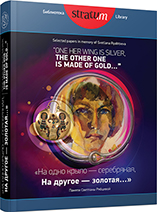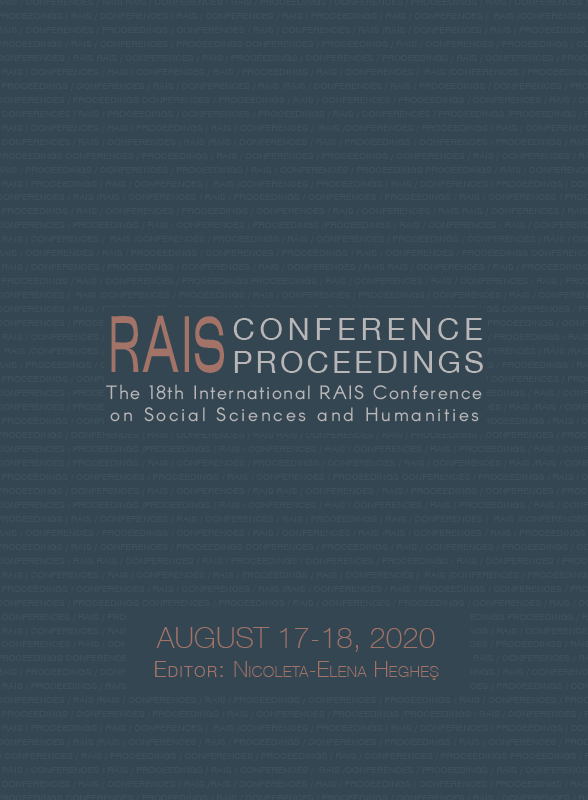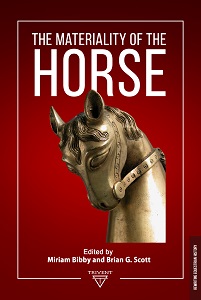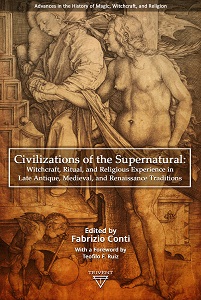
Топор с изображением древнерусского княжеского знака из окрестностей Чернигова
The picture of the silver inlaid iron axe was published in the Internet in 2019. Besides the wattled ornament, the incrustation includes an image of an ancient Russian ducal sign in the form of trident. According to the finders´ information, the axe originates from the outskirts of Chernihiv. The sign on that axe belonged to the duke Vladimir Svyatoslavovich.The finds of the silver inlaid axes with ducal signs are rare but not unique. A similar axe which had images of two ducal signs along with a geometrical ornament was found in 2011 during the excavations of a mound on Shekshovo-9 burial ground near Suzdal. There is a silver inlaid ducal sign at the end face of the axe from the mound excavated on Nikolskoye III burial ground.The finds listed above indicate that the use of ceremonial weapons with the images of ducal emblems was not uncommon in the Ancient Rus. Obviously, such axes were the same regalia of power as heraldic pendants, but they only represented the insignia of military power, and not the civilian one.
More...


